BLOG
Creating an Ideal Remote Workspace
Where you work often determines how you work.
If you operate out of an open office space, for example, you might have to work harder to stay focused on tasks that require deep thinking and processing. Or if you sit or stand with poor posture for too long, you’re not only more likely to have spine issues in the future — you’re also less likely to be productive or happy at work.
That’s why, as a remote-only company, Very places a high value on our employees’ home office spaces. We have just a few non-negotiables when it comes to how they’re set up, which help us make sure we’re able to work most effectively on client projects. The must-haves include:
- A reliable internet connection that provides at least 10MB/s upload/download speed
- A completely quiet workspace
- A backdrop that is reasonably professional looking
- A hi-fi headset with microphone
Here’s an example:
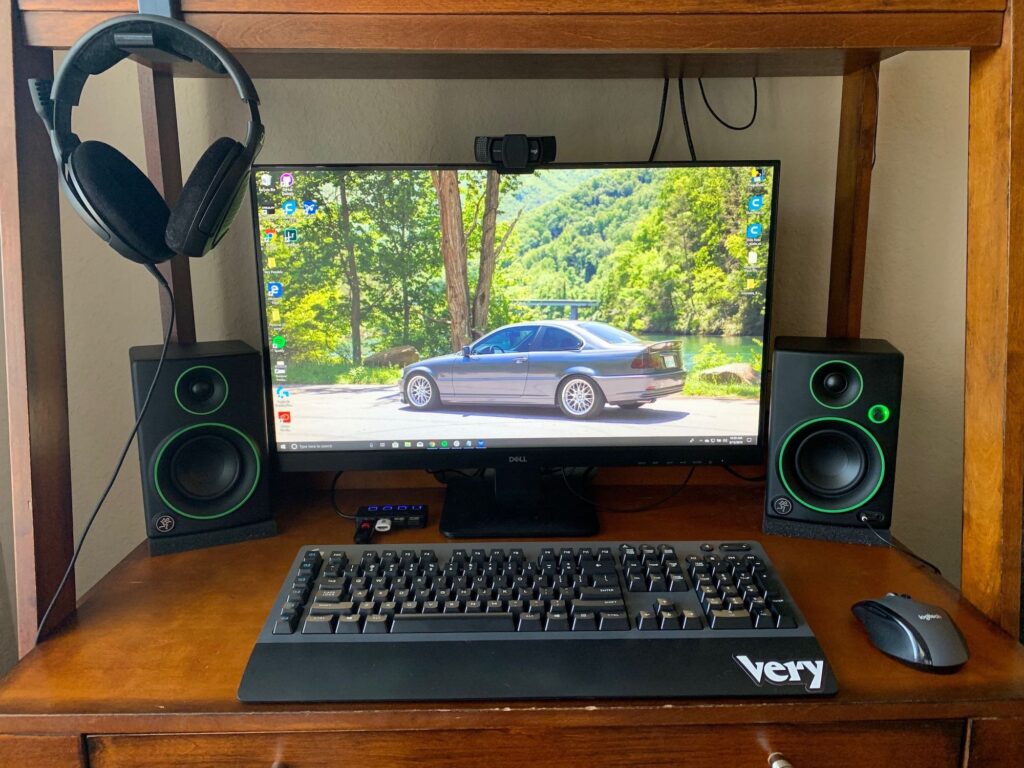
Everything else is up to our team members, who receive an equipment stipend every year that they can use on the resources above, plus any equipment and hardware they want to purchase, e.g. an external monitor, a desk, a chair, or laptop stand. (Or branded Very headphones like those pictured below.)
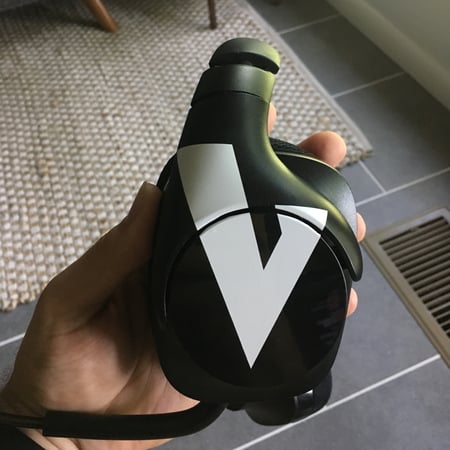
People at Very get pretty excited about work station upgrades — as they should, since your office is where you’ll spend about one-third of your life. We have a Slack channel where employees proudly post home office pictures and passionately debate the benefits of curved monitors vs flat, optimal keyboard thickness, and how to optimize the overall work experience.
Basically, we obsess over our workspaces so that for 8+ hours every day, we’re completely focused on our clients, and not on constant annoyances or distractions in our environments. And after scanning through that Slack channel while researching for this blog, I found a lot of great tips on ergonomics, office decorating, and setting up the perfect lab for IoT development.
Ergonomic Advice
What equipment works best for IoT developers, designers, and project/product managers? While different setups may be ideal for different occupations, some of it comes down to personal preference. Here’s where our team lands across the spectrum.
Monitors
With all of our IoT application developers laser-focused on creating complex, multi-faceted projects, many of our team members prefer a multiple monitor setup with two or even three monitors and thin bezels. Some also like curved ultrawide screens for their ocular enjoyment. Our product and UX designers, meanwhile, invest their stipends in monitors with high gray-scale and color accuracy and excellent resolution.
Some of our team’s favorite monitors include:
- 24″ Dell UltraSharp U2415 1920×1200
- Dell P2715Q
- Dell U2415
- Dell U3417W FR3PK 34-Inch Screen LED-Lit
- Dell U3419Q
Here’s our co-founder’s double-monitor setup:
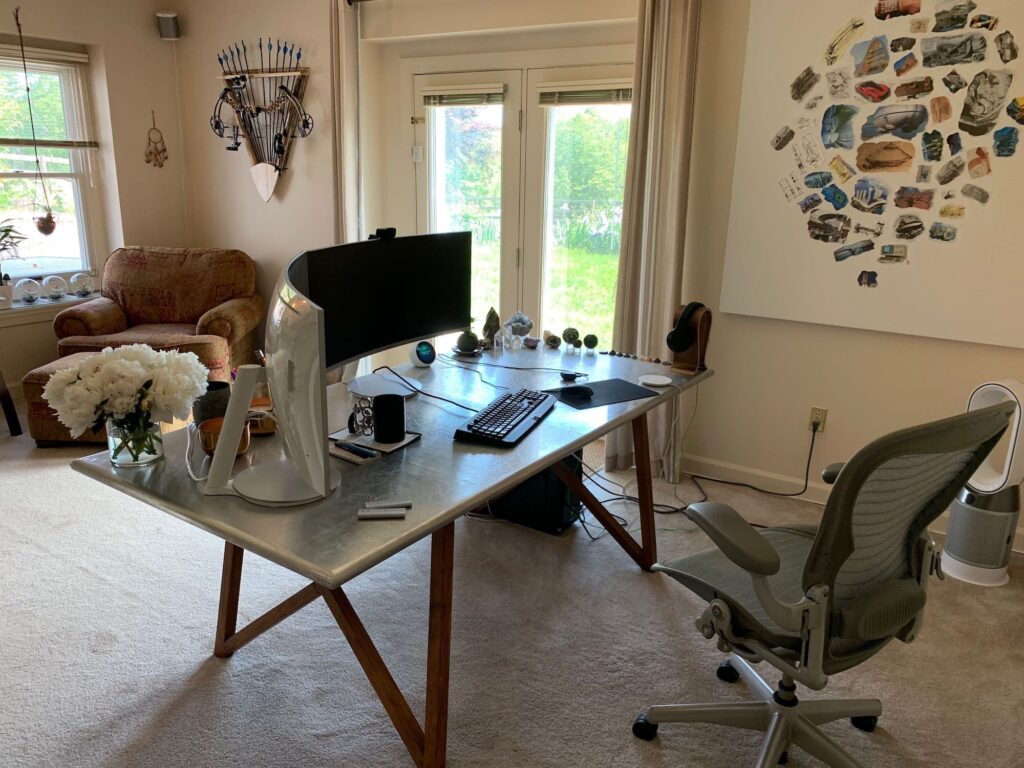
Keyboards, Mice, Mousepads, and Wrist Rests
If you’ve ever seen the “Safety Training” episode (Season 3, episode 19) of the popular U.S. show, “The Office,” you may know that too much typing and clicking can be risk factors for workplace musculoskeletal disorders (WMDs) like carpal tunnel syndrome. By choosing the right equipment, however — like keyboards, mice, mousepads, and wrist rests (try saying that five times fast) — you can reduce your risk of developing hand and wrist pain.
Some of our team’s favorite mice and keyboards include:
- Logitech Trackball mouse
- Apple Magic mouse
- Logitech G502 Proteus Spectrum RGB Tunable Gaming Mouse
- Two-piece split keyboards
- Kira mechanical keyboard
Here’s how one of our product managers customized his keyboard, mouse, and microphone setup:
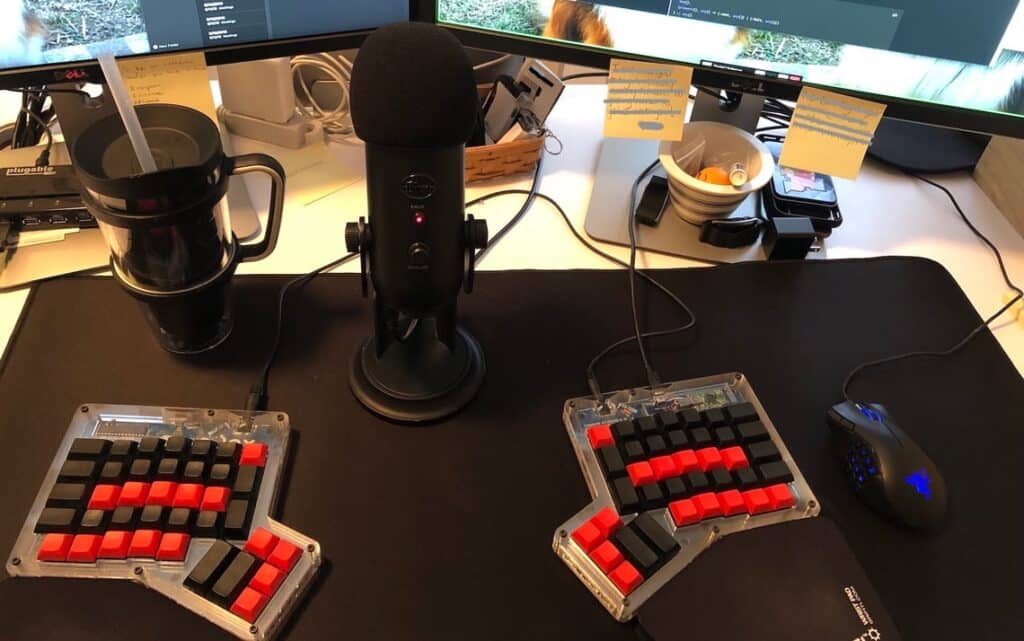
Desks
It’s become common knowledge that sitting for too long poses health and productivity risks. In addition to taking breaks to walk or head to the gym, a lot of our team members prefer the Autonomous.ai sit/stand desks to allow some flexibility in the way they work. We even have a few who’ve purchased under-the-desk treadmills to make sure they get their steps in whether they’re coding or taking client calls.
Here’s one of our work stations featuring an Autonomous.ai desk:
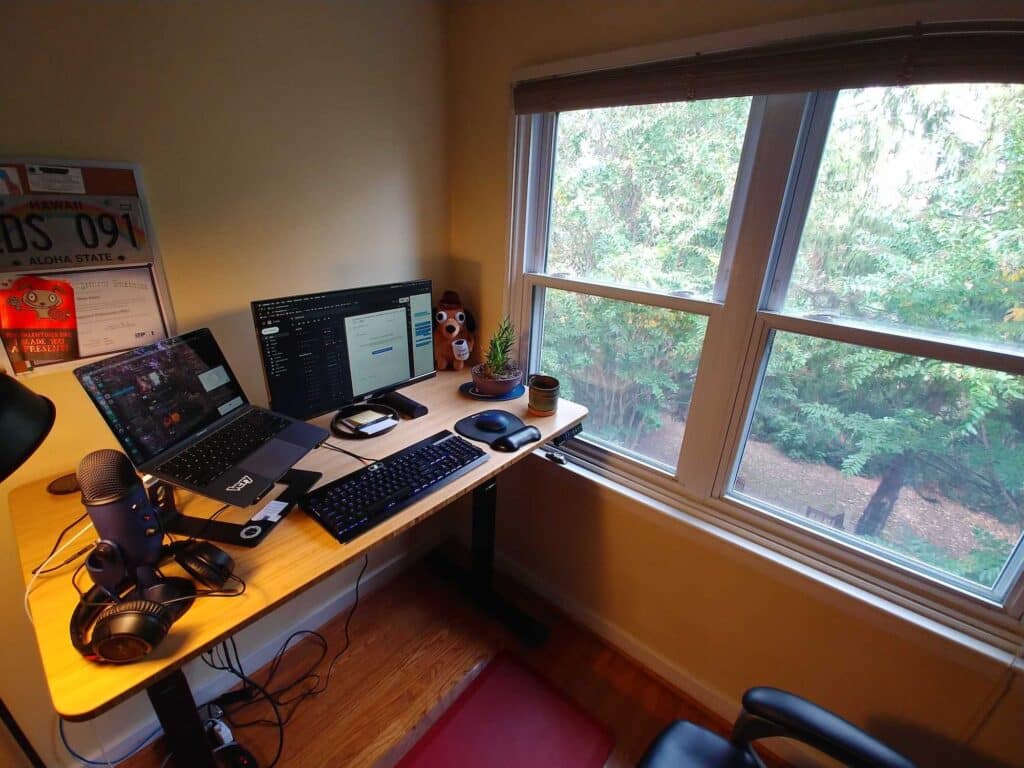
Achieving Aesthetic Excellence
The biggest tip we have on aesthetics is this: make your space a place you want to be. If you’ve ever worked in a cubicle, you may have tried to brighten up the drab gray confines of your cube with photos, succulents, or attractive containers for holding knick-knacks and office supplies.
The great thing about working from home is that you have much more freedom to create a space that makes you happy. You might set up shop in a place in your home that offers a lot of natural light or outdoor views, decorate the walls with colors and artwork you like, or keep as many plants as you think you can keep alive.
Check out how some Very employees have decorated the area around their work stations — I swear that none of these are pulled from Pinterest:
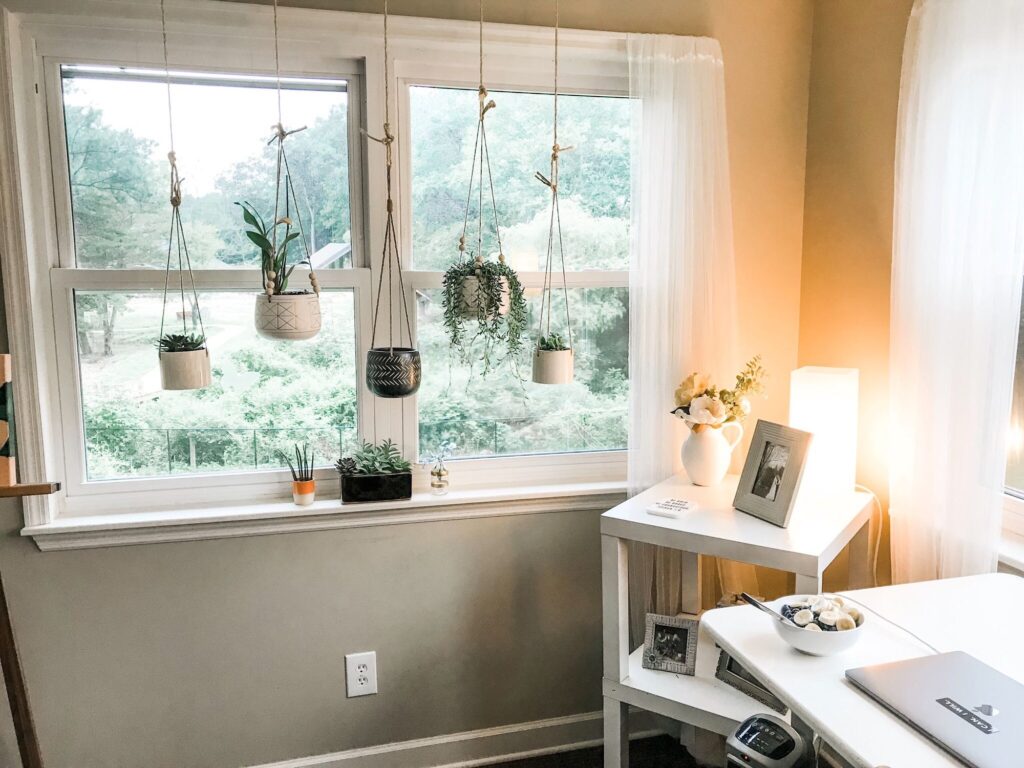
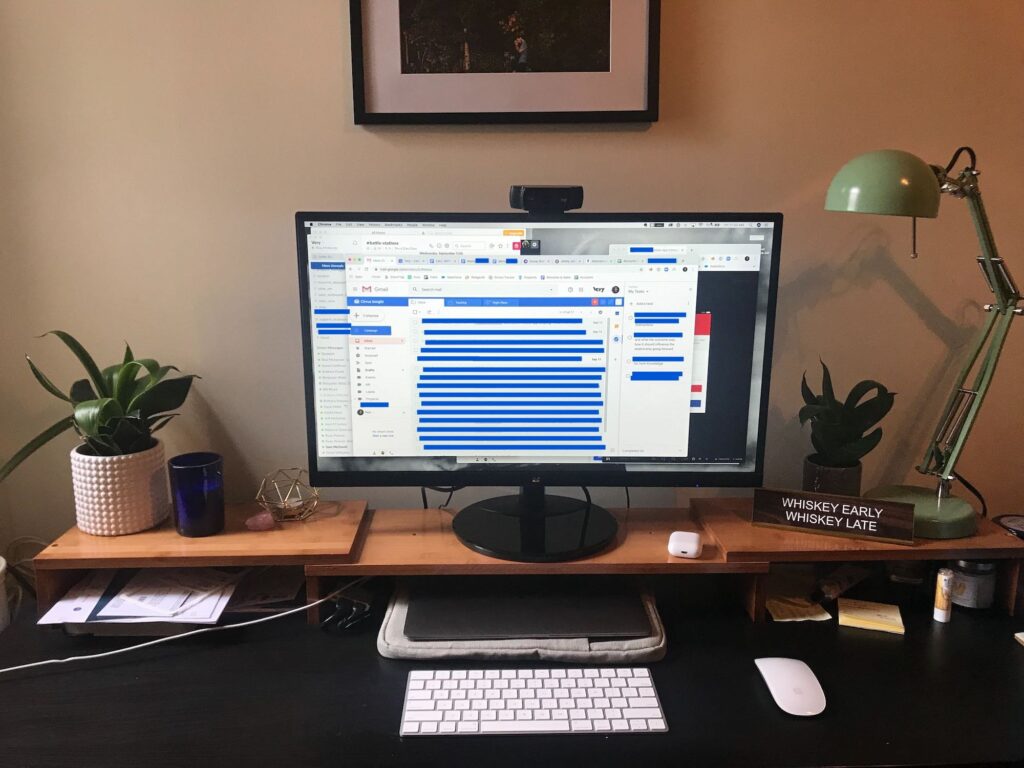
Creating the Perfect Space to Prototype & Test
Something that’s especially critical for our team of IoT developers, prototype-ers, and testers is having space to work with hardware like development boards and breadboards, plus space for all the wires connecting the hardware to your computer if you haven’t set up wireless connectivity yet. Our leaders are especially diligent to ensure every engineer has the tools they need to create amazing products.
Here’s an example of how our IoT engineers set up their remote labs:
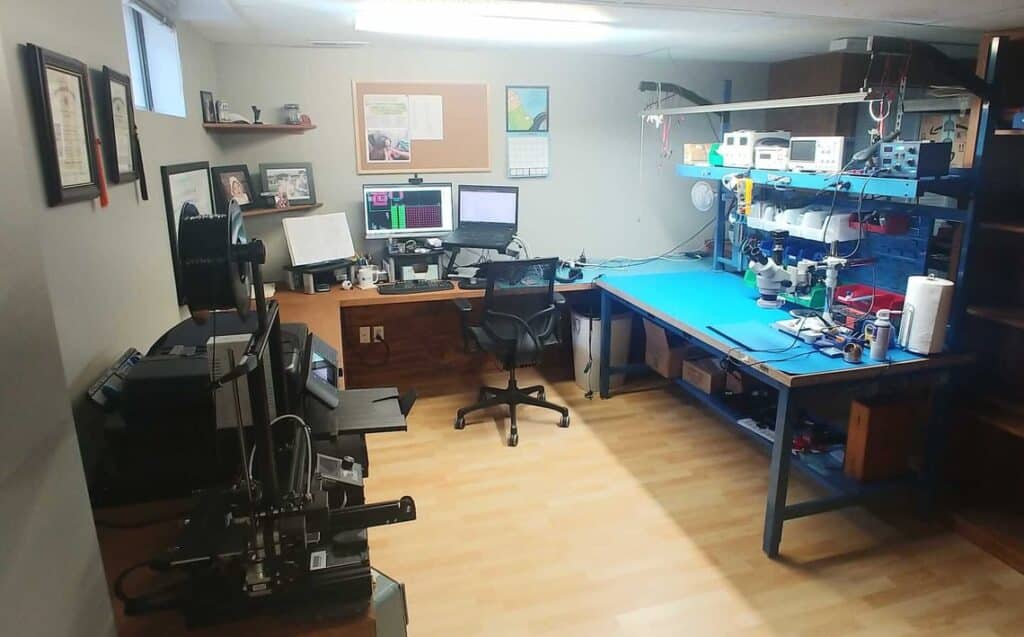
If you’re not loving your current office setup, hopefully, these ideas will inspire you to upgrade your own workspace. If you’re looking for a place where you can work remotely and set up your own work station — plus build amazing IoT products — check out our open positions today.









